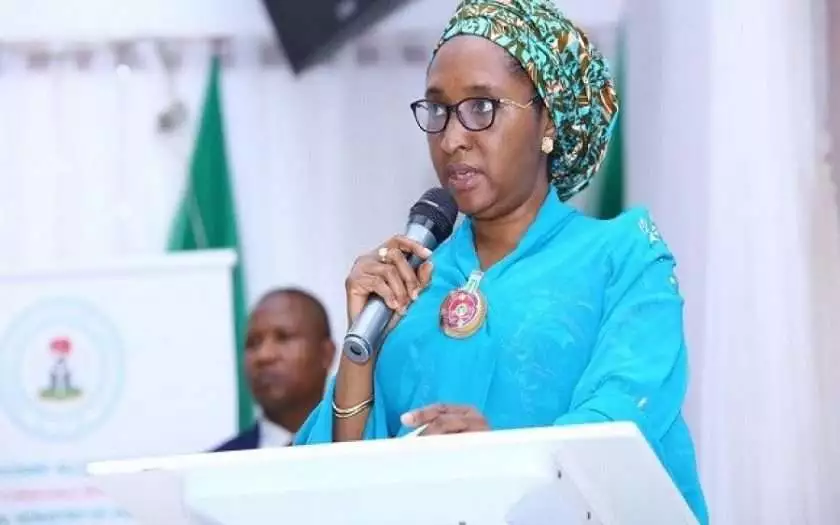Amid complaints that the nation’s debt has hit the roof top, the federal government has disclosed that it borrowed close to N4 trillion to help Nigeria exit recession.
Up to N23 trillion has been borrowed from local and international creditors since President Muhammadu Buhari came to power in 2015, making the administration the highest borrower ever.
The government said it will borrow more as complaints grown among Nigerians that the debt is becoming unsustainable, even as the federal government plans to spend 35 percent of projected revenue in the 2022 budget to service debt, according to the Budget Proposals presented to the National Assembly, on Thursday by Preident Buhari.
Speaking on the debt, Zainab Ahmed, Nigeria’s Minister of Finance said borrowing was the saving grace for the country to speedily exit recession.
Ahmed spoke on Friday during the Public Presentation and Breakdown of the 2022 Appropriation Bill at the National Assembly, Abuja.
According to her “Having witnessed two consecutive recessions, we have had to spend our way out of the recession which contributed significantly to the growth of our public debts.
“It is unlikely that our recovery from these recessions would have been as fast without the sustained government expenditure funded partly by debt.”
The minister explained that the government generated a total of N3.9 trillion which includes, company income tax of N547.5 billion, Value Added Tax collections of N235.7 billion, customs collections of N338.6 billion and other revenues which amounted to N1.7 trillion.
Giving the breakdown, Ahmed said, “For the 2021 performance, between January and August, revenue generated was N3.93tn which was 73 per cent of the prorated target. Out of this amount, CIT and VAT collections were N547.5bn and N235.7bn respectively representing 121 percent in the case of CIT and 148 per cent in the case of VAT of the prorated target.
“Custom collections 338.6bn represents 99 per cent of prorated target. Other revenues amounting to N1.7tn of which the federal government independent revenue of N691.36bn while GEOs revenue was N873.5bn.
“On the expenditure side, N8.14tn representing 84 per cent of the N9.71tn prorated expenditure from January to August has been spent. This performance includes expenditure estimates of Government Owned Enterprises (GEOs) but doesn’t include project tied loans
“Of the expenditure, N2.89tn was utilized for debt servicing, while N2.57tn was utilised for personnel cost including pension and gratuities. As at the end of August, N1.75tn has been expended for capital projects, of this amount, N1.723tn represents 81 per cent of the aggregate provision for Ministries Department Agencies’ capital prorated, while N36.01bn is expenditure from GEOs.
“So the story here is that the revenue performance aggregate is 73 per cent but the fact is that the non-oil revenue performing very well above the target, while the oil and gas revenue is lagging.
“As at August we had a fiscal deficit of N4.29tn, this is against the prorated target of N4.61tn and we financed this deficit by utilization of N136.77bn from proceeds of the sales of government assets through the privatisation process, also by drawdown of bilateral and multilateral tied loans in the sum of N473.12bn and new borrowings of N3.65tn from both domestic and foreign sources,’ Ahmed stated.
Discover more from The Source
Subscribe to get the latest posts sent to your email.








